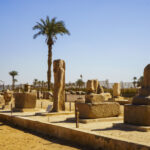Egypt is a land of ancient wonders, with a rich history that dates back thousands of years. From the iconic Pyramids of Giza to the stunning Nile River, Egypt is a destination that has something for everyone. But how can you fit all of its wonders into one week?
If you’re planning a 7-day trip to Egypt, we’ve pulled together an itinerary that showcases the must-sees of this stunning destination. This is only a guide, as this itinerary may be a bit much to fit into one week, but that doesn’t mean it isn’t possible!
At Literary Tours Egypt, we specialise in creative holidays with a literary twist. Ideal for crime lovers on holiday, our tours look at Egypt’s archeological wonders through a literary lens referencing great writing from Agatha Christie, and more.
We also offer custom tours of Egypt and, if there are any writers out there, a 7-day crime writing retreat on the River Nile. As locals living in Cairo, we love sharing our hometown with travellers from around the world. Get in touch and we’ll begin curating your dream holiday today.
Day 1: Explore Cairo
Arrive in Cairo and check into your hotel. Depending on your energy levels, you can rest a while before you begin your adventure. A low-key activity is exploring the city on your own or consider taking a guided tour of the Egyptian Museum in Cairo.
This is one of Cairo’s many museums and it is home to over 120,000 artifacts from ancient Egypt, including the famous treasures of King Tutankhamun. The museum is located in the heart of Cairo and can be easily reached by public transportation.
The museum is located in Downtown Cairo, closeby to Khan el-Khalili. This major souk is a great way to experience the hustle and bustle of the city, as well as a great place to go shopping and barter for a bargain.
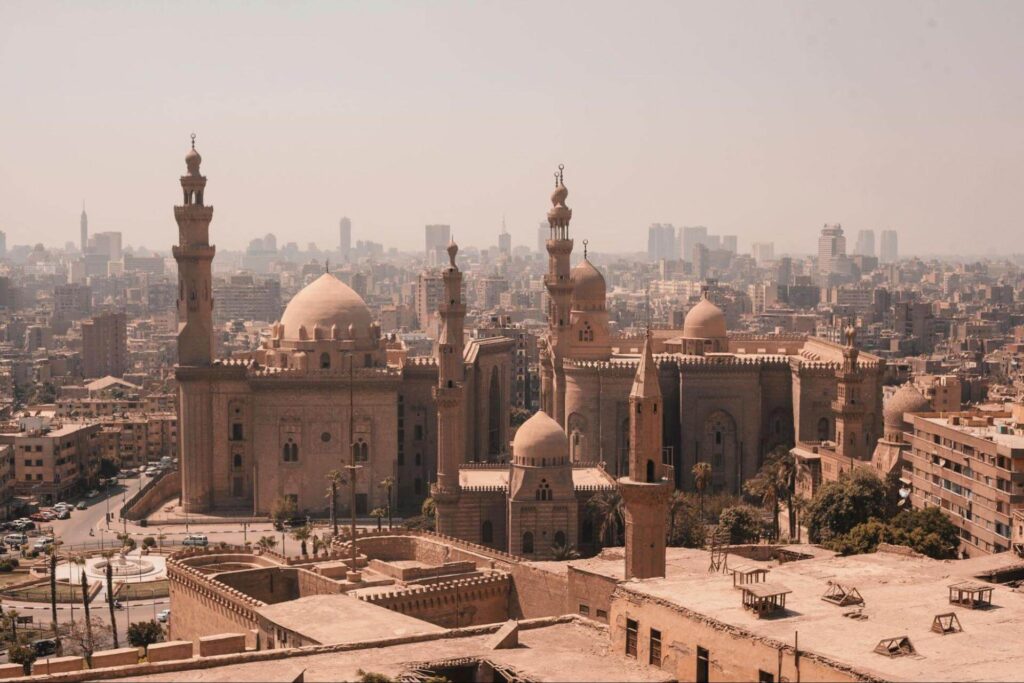
Day 2: Giza and Saqqara
After you have slept off the jetlag, we recommend taking a tour of the Pyramids of Giza, one of the Seven Wonders of the World, and the ancient necropolis of Saqqara. You’ll have the opportunity to explore the pyramids, the Sphinx, and the Step Pyramid of Djoser, among other impressive ancient sites.
The Pyramids of Giza were built over 4,500 years ago as tombs for the pharaohs Khufu, Khafre, and Menkaure, and they have stood the test of time, remaining as symbols of ancient Egyptian civilization.
The largest of the pyramids, the Great Pyramid of Khufu, is a massive structure that stands over 450 feet tall and was once covered in smooth white limestone. Today, visitors can explore the interior chambers, which are filled with mysterious hieroglyphs and artifacts.
After visiting the pyramids, head to the nearby Sphinx and take some photos. You can also visit the Solar Boat Museum, which houses the reconstructed boat of Khufu, the pharaoh who built the Great Pyramid.
On this same day, you can also visit the ancient necropolis of Saqqara, a burial ground for the ancient Egyptian capital of Memphis. Saqqara is home to some of the oldest and most significant ancient structures in Egypt, including the Step Pyramid of Djoser.
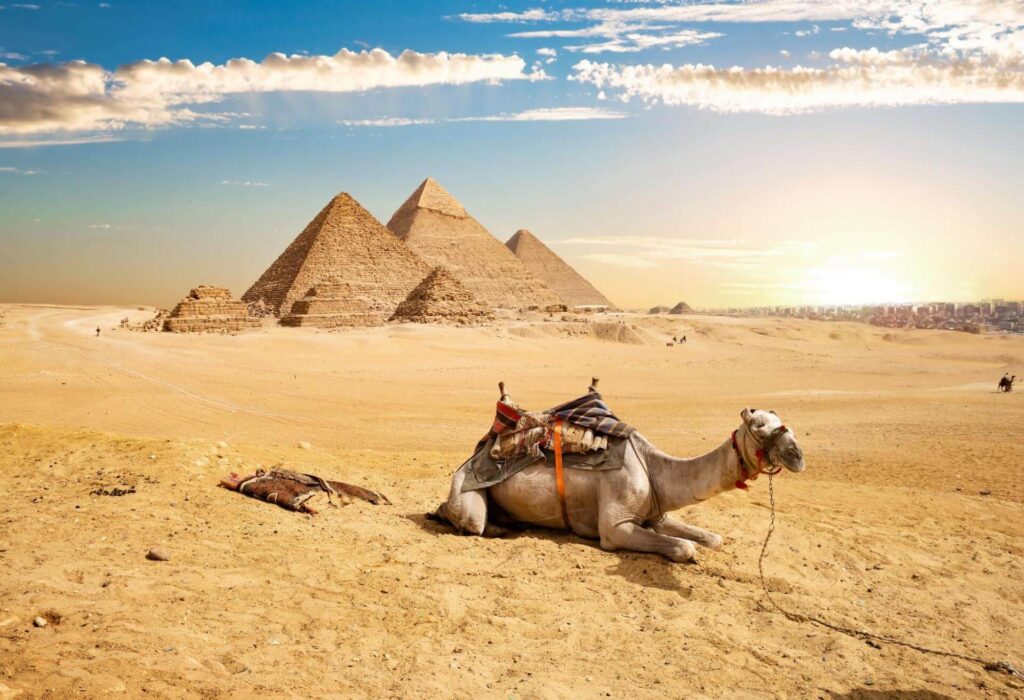

Day 3: Fly to Luxor
To enjoy even more of Egypt’s sites, take a flight from Cairo to Luxor, located in southern Egypt. Luxor is known for its incredible ancient temples and tombs, which are a must-see for any visitor interested in seeing historical wonders.
Take a guided tour of the Karnak and Luxor Temples to see two of the most impressive ancient Egyptian temples. These temples were dedicated to the gods Amun, Mut, and Khonsu and are known for their massive columns and intricate carvings.
The Karnak Temple Complex is one of the largest temple complexes in the world. The complex was built over a period of 2,000 years and contains numerous temples, chapels, and other buildings.
In the afternoon, visit the Luxor Temple, which is located in the heart of the city. The temple was built over a period of several centuries and contains a stunning collection of ancient Egyptian art and architecture.
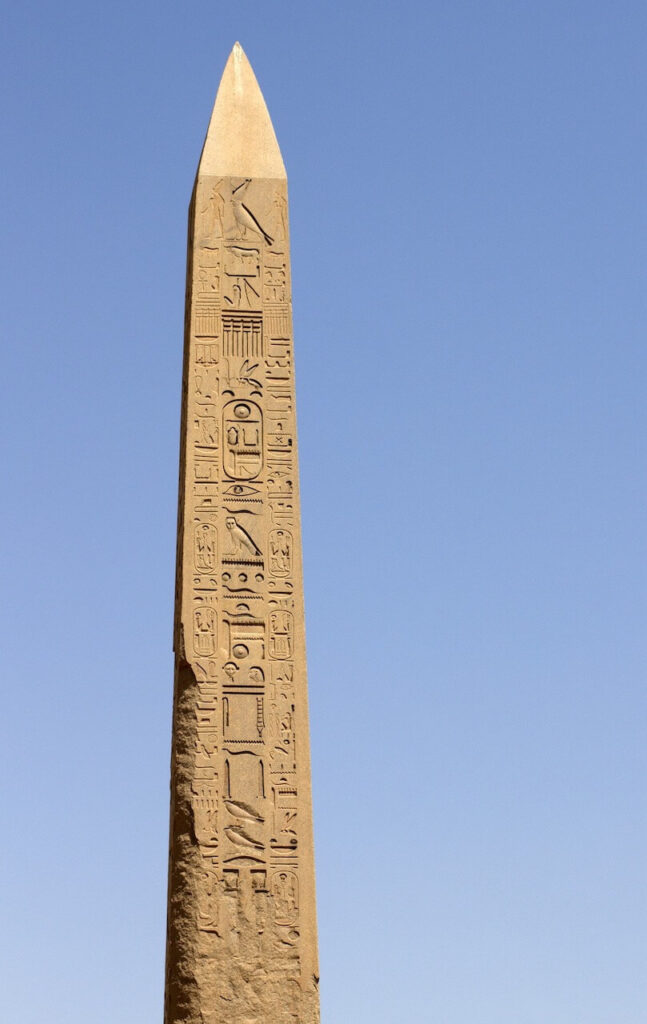

Day 4: Spend Another Day in Luxor
Make the most of your time in Luxor and visit the West Bank of the Nile River, where you’ll visit the iconic Valley of the Kings and the Temple of Queen Hatshepsut.
The Valley of the Kings is a vast burial ground for pharaohs, and you’ll have the opportunity to explore several of the tombs, including that of King Tutankhamun.
Nearby, you can also visit the Temple of Queen Hatshepsut, which is a magnificent temple built into a cliff face and dedicated to one of Egypt’s most powerful female pharaohs.
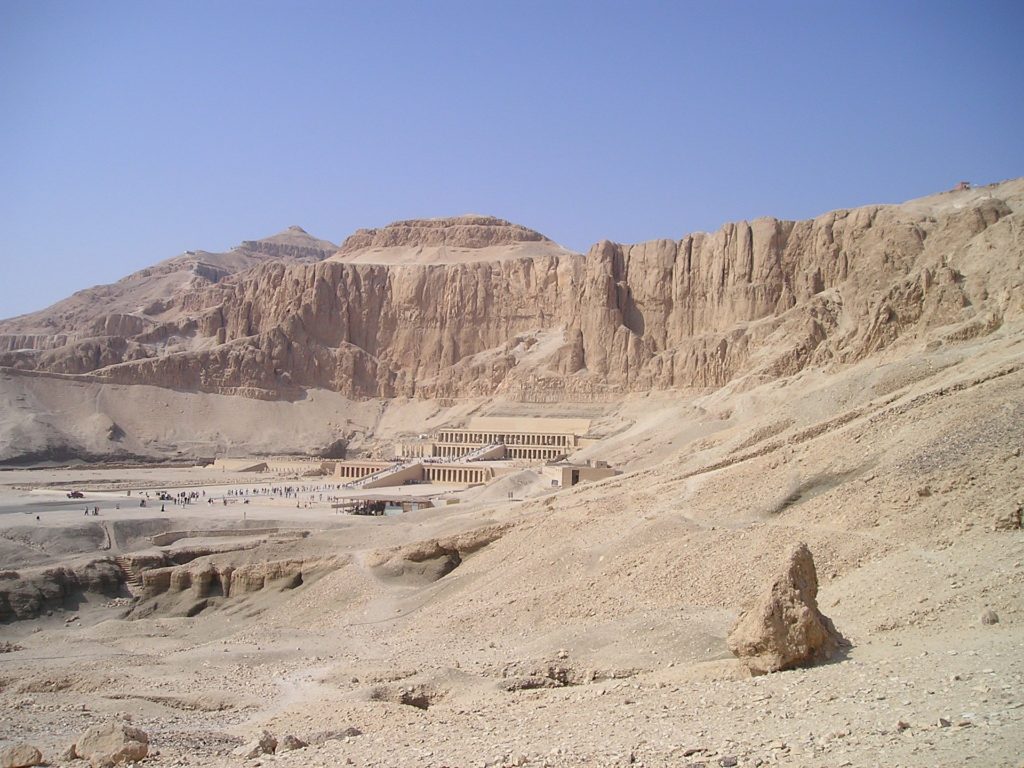

Day 5: Step into History at Aswan
For your fifth day, we’re on the move again. We recommend taking a train or getting private transport from Luxor to Aswan, which is located in the south of Egypt. Aswan is known for its stunning natural beauty and ancient landmarks.
Start your day by visiting the Philae Temple, which is located on an island in the Nile River. The temple was dedicated to the goddess Isis and is known for its stunning hieroglyphics and carvings. You can read our blog on the Philae Temple for more information.
After that, take a boat ride on the Nile River to visit Elephantine Island, which is home to several ancient temples and tombs. You will be able to see the famous Unfinished Obelisk and the Old Cataract Hotel, inspiring Agatha Christie’s Egypt-based thriller, Death on the Nile.
In the afternoon, visit the Aswan High Dam, which was built in the 1960s to control the flooding of the Nile River. The dam is a marvel of modern engineering and is one of the largest dams in the world. It’s almost like the Egyptian equivalent of the Hoover Dam!
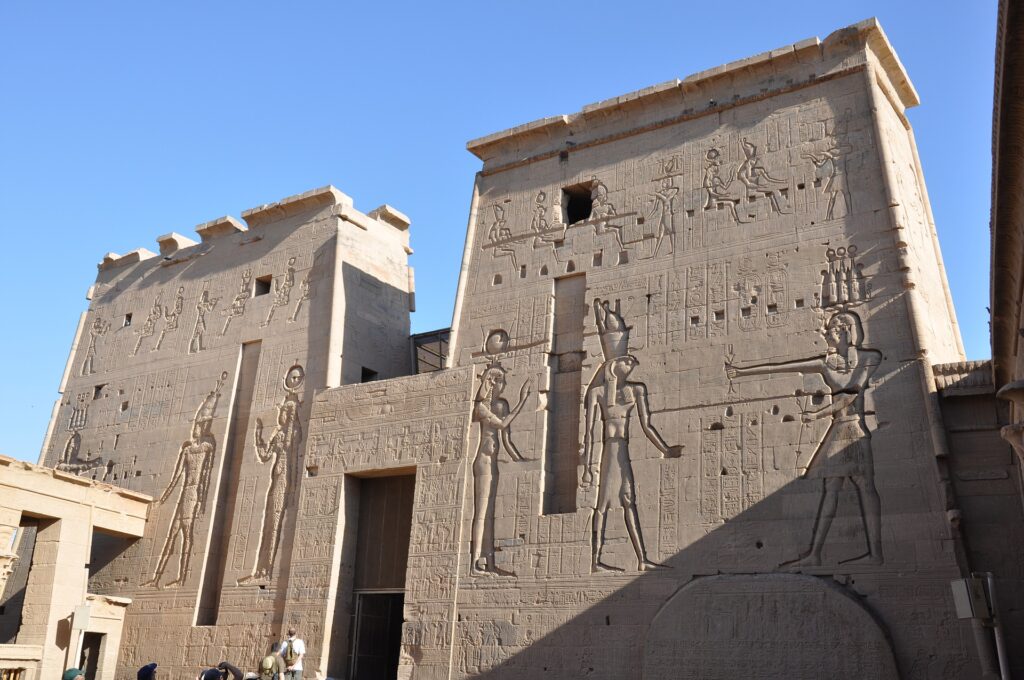

Day 6: Enjoy the Temples at Abu Simbel
On day six, we recommend taking a day trip from Aswan to the iconic Abu Simbel temples. The temples are located on the banks of Lake Nasser, about 3 hours from Aswan, and are one of the most impressive ancient sites in Egypt.
The temples were built by King Ramses II in the 13th century BC and were carved out of solid rock. The temples are known for their stunning hieroglyphics and are a testament to the power and wealth of ancient Egypt. Don’t forget your camera; these temples are beautiful to behold.
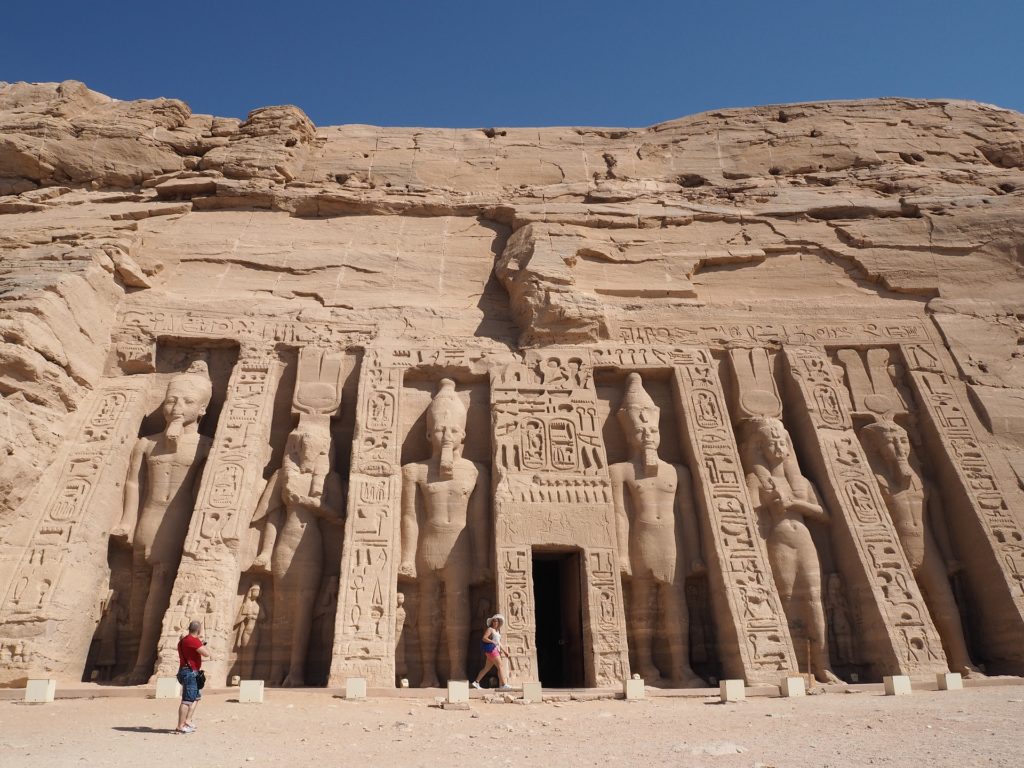

Day 7: Return to Cairo
For the final day of your 7-day trip, fly back to Cairo and spend the day at leisure. You may want to visit the Citadel of Salah El Din, a medieval fortress that offers excellent views of the city.
Alternatively, you may want to take a final guided tour, to learn about Islamic and Coptic Cairo, or relax and enjoy the city’s best street eats.
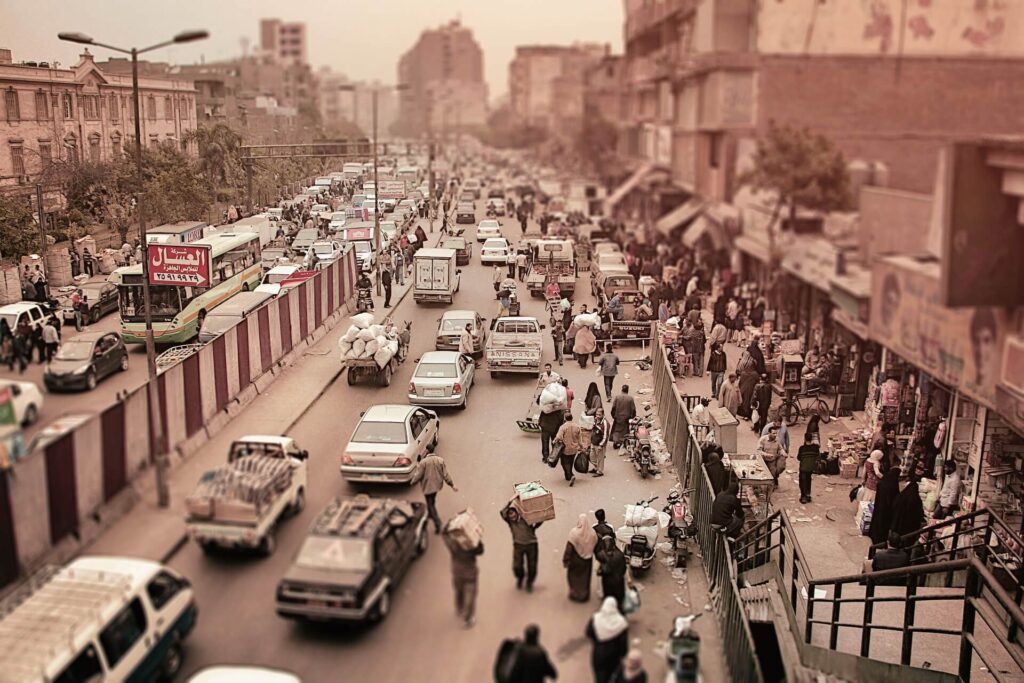

Planning a 7-day trip to Egypt can be an incredible experience, but it’s important to plan ahead to make the most of your time in this fascinating country. By using this itinerary as a loose guide, you can experience some of the most iconic landmarks and ancient sites in Egypt.
Remember to book your flights and accommodations well in advance and consider taking a local tour to help you navigate the cities and learn more about their rich history and culture. With careful planning and a list of destinations, your trip to Egypt will be an unforgettable experience.
Whether you’re staying for one week or more, we hope you find this guide a useful way to navigate the natural beauty and archeological sites of Egypt. Just get in touch with us to start planning your holiday and bring your Egyptian dreams to life.

